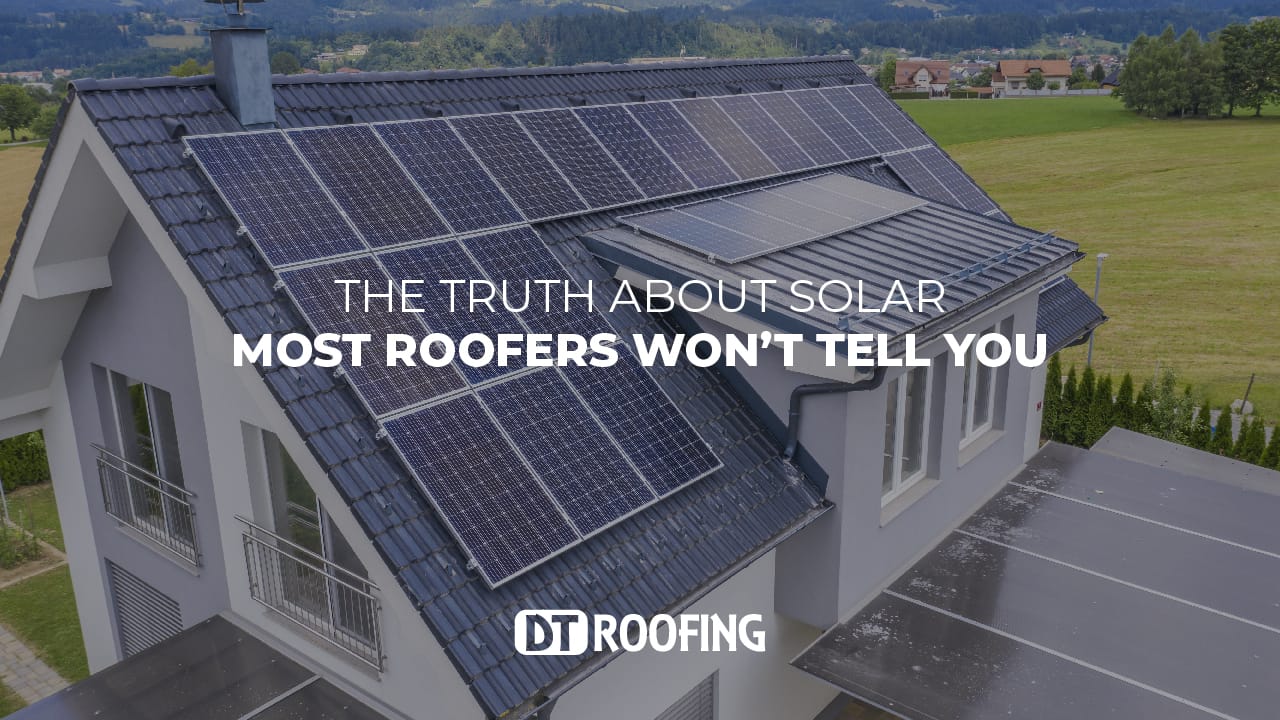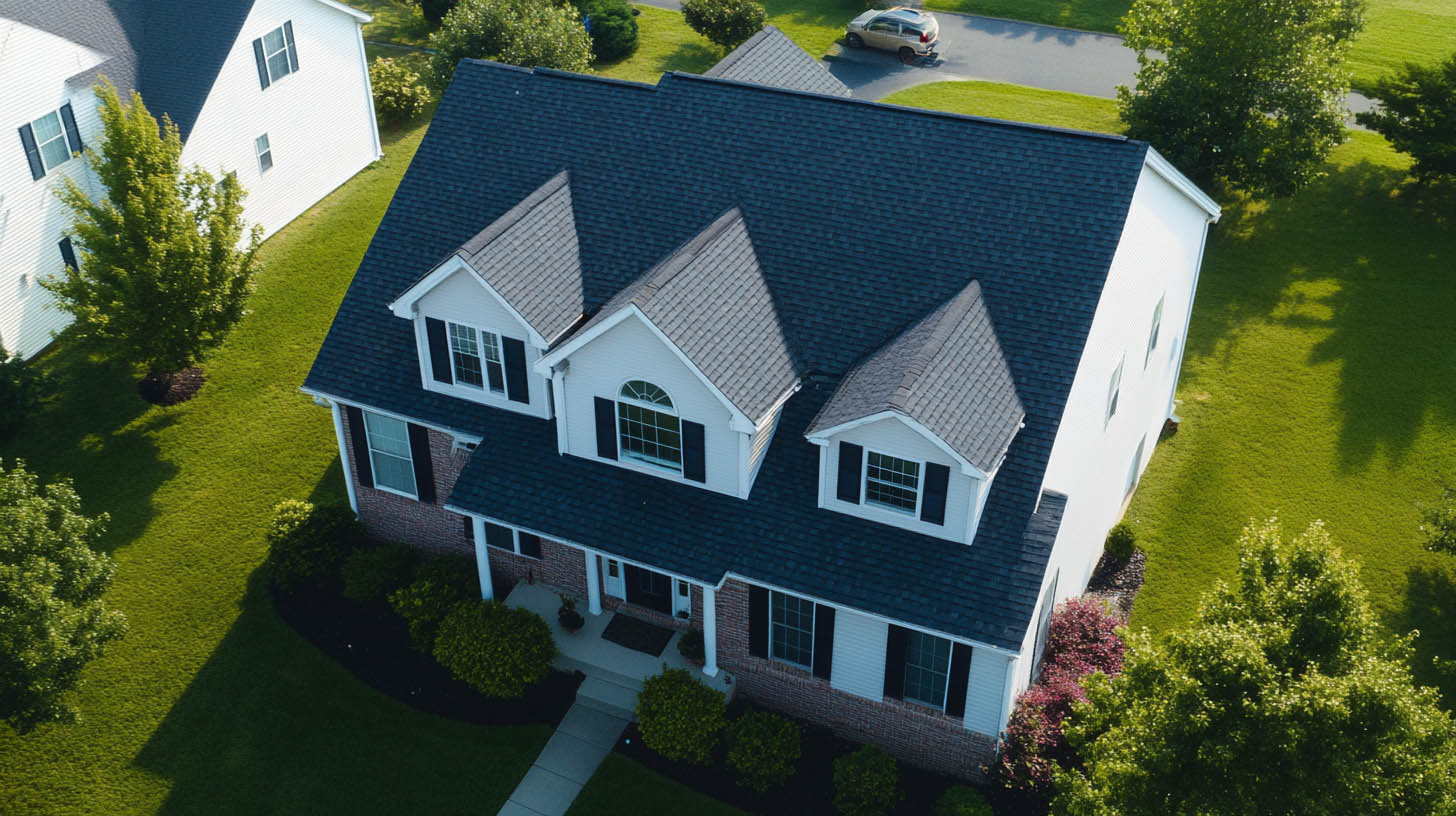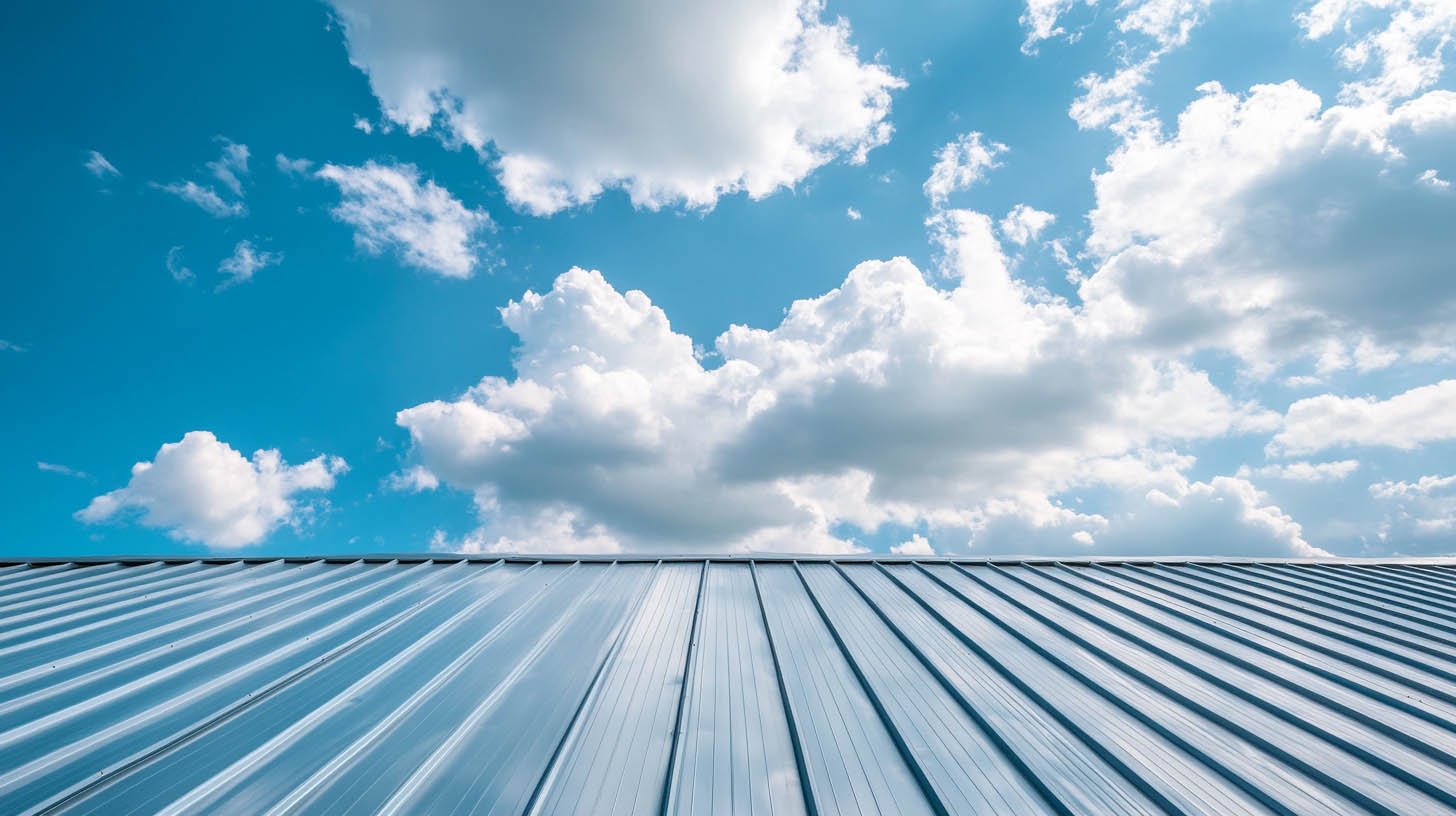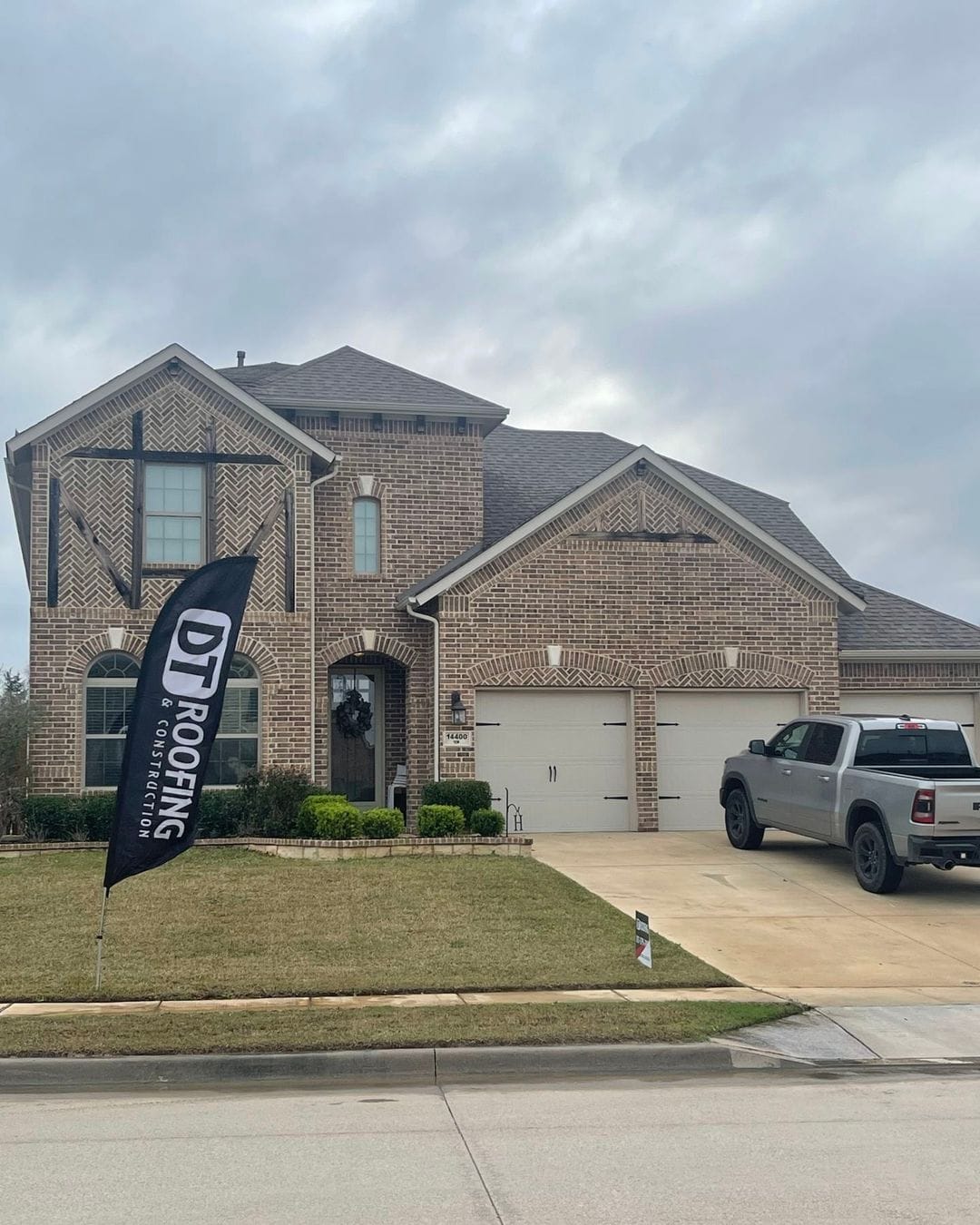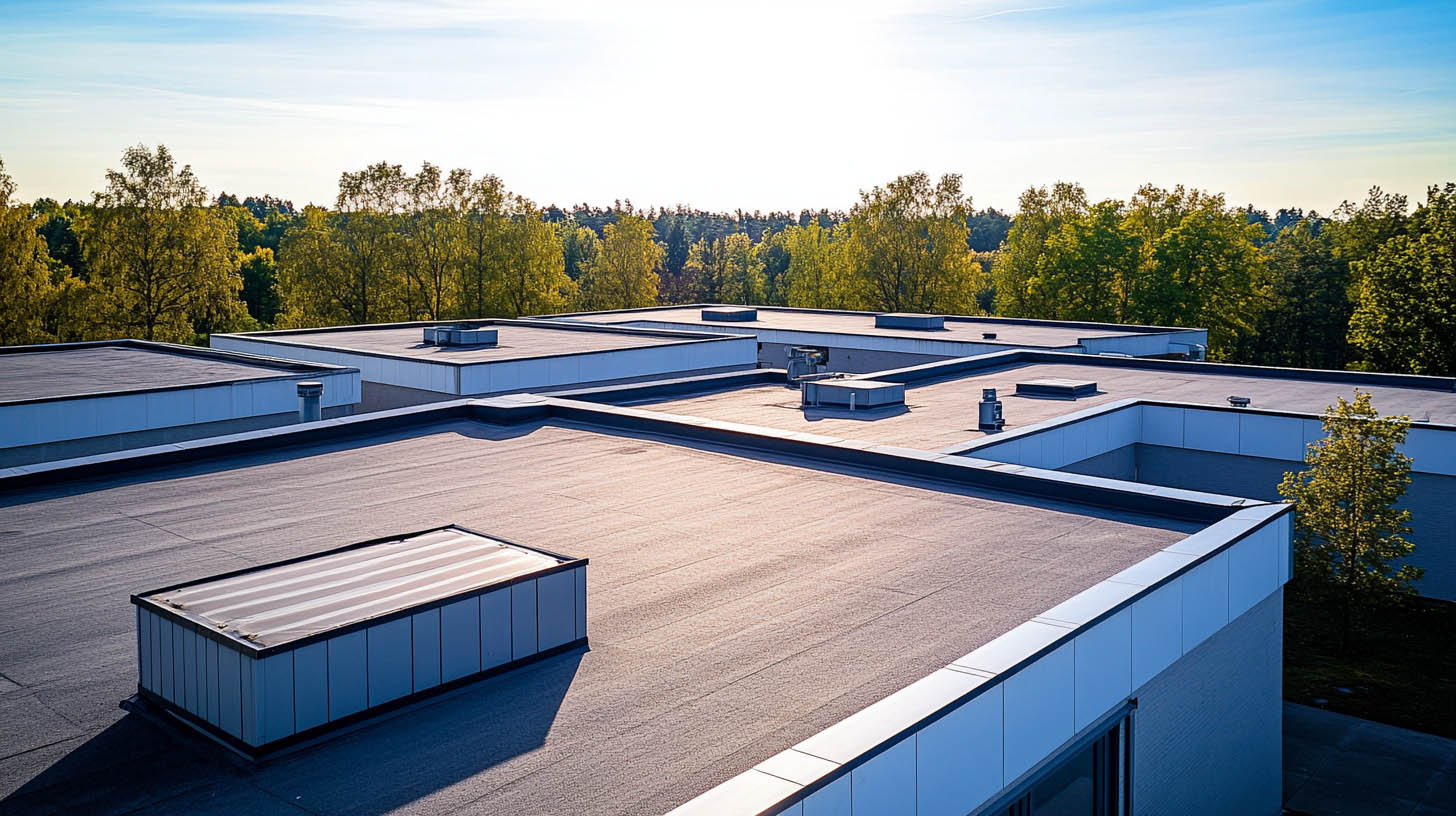
Why Commercial Roofs Are Flat and Residential Roofs Are Sloped
When driving through any neighborhood or business district, you’ll quickly notice a distinct contrast: most commercial buildings have flat roofs, while residential homes feature sloped designs. This difference isn’t random—it’s rooted in function, cost, and architectural need. If you’re in Granbury, TX, understanding why these choices are made can help you make informed decisions for your property.
The Functional Nature of Commercial Flat Roofs
Flat roofs are a staple in commercial construction, and the reasons go beyond aesthetics. From a practical standpoint, flat roofs are easier and more cost-effective to build on large structures. Commercial buildings often have wider spans and require HVAC units, solar panels, or other heavy equipment to be placed on the roof. A flat surface provides stability and easier access for maintenance teams.
Additionally, flat roofs typically use less material and involve simpler engineering, making them a more economical option for businesses looking to minimize construction costs.
Design for Utility and Accessibility
In a commercial setting, roof accessibility is crucial. Service personnel need a safe, flat surface to work on systems like ventilation, satellite dishes, or skylights. It’s not just about ease—flat roofs can also double as usable space, such as for rooftop patios, green roofing systems, or even additional storage areas.
For businesses in Granbury dealing with mild winters and occasional rain, a well-installed flat roof with a slight pitch and proper drainage is both practical and reliable.
Why Homes Need Sloped Roofs
In contrast, sloped roofs dominate residential construction, and the reasons largely revolve around weather resistance and aesthetics. Sloped roofs allow rainwater, snow, and debris to slide off quickly, preventing pooling and long-term moisture damage. In regions where seasonal storms or heavy rain occur, this is particularly advantageous.
From a visual standpoint, sloped roofs contribute to the architectural identity of a home. Whether it’s a gable, hip, or gambrel design, these styles not only enhance curb appeal but also offer attic space and better airflow.
Materials Matter
The difference between commercial and residential roofing is also influenced by the types of materials used. Commercial roofs often use materials like modified bitumen, EPDM, or TPO—products designed for durability and performance on flat surfaces. On the other hand, residential sloped roofs are commonly built with asphalt shingles, metal panels, or tile, offering both performance and aesthetic appeal.
Both roof types can benefit from reflective coatings, which we’ve discussed previously. In fact, commercial flat roofs are ideal candidates for such coatings, as their surface area maximizes the effect.
Choosing the Right Roofing Partner in Granbury
Whether you’re designing a new home or overseeing a commercial build, your roof’s design must align with your structure’s purpose. Choosing the right partner ensures the job is done correctly from the start.
At DT Roofing, we specialize in both commercial and residential roofing systems. Our in-house teams understand the unique requirements of each type, and we tailor our approach based on your property’s needs. As a Best of Erath County winner for two years in a row and one of the Top 100 Roofers in America, we take pride in delivering performance and peace of mind to every client.
Flat or Sloped—We’ve Got You Covered
Ultimately, whether flat or sloped, every roof must meet the same goal: protecting your investment. It’s not about which design is better overall—it’s about which one is better for your structure, your location, and your goals. Let our experts guide you through the process and help you choose a system that will last.
So, the next time you’re weighing roofing options in Granbury, remember that each roof tells a story—and the right contractor ensures it has a strong beginning, middle, and end.
Read also our blog: How Reflective Roof Coatings Can Help Save Energy

